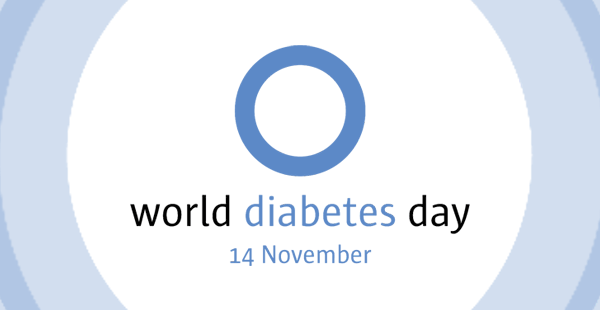
During National Immunization Awareness Month, the Family Care blog will be featuring several resources on vaccines and why it is important to stay up to date with all recommended vaccinations, for everyone from children to adults.
From the National Public Health Coalition:
National Immunization Awareness Month (NIAM) is an annual observance held in August to highlight the importance of vaccination for people of all ages. NIAM was established to encourage people of all ages to make sure they are up to date on the vaccines recommended for them. Communities have continued to use the month each year to raise awareness about the important role vaccines play in preventing serious, sometimes deadly, diseases. NIAM is sponsored by the National Public Health Information Coalition (NPHIC). For more information on the observance, visit NPHIC’s NIAM website.
All adults should get vaccines to protect their health. Even healthy adults can become seriously ill, and can pass certain illnesses on to others. Everyone should have their vaccination needs assessed at their doctor’s office, pharmacy or other visits with healthcare providers. Certain vaccines are recommended based on a person’s age, occupation or health conditions such as asthma, chronic obstructive pulmonary disease (COPD), diabetes or heart disease. Vaccination is important because it not only protects the person receiving the vaccine, but also helps prevent the spread of disease, especially to those that are most vulnerable to serious complications such as infants and young children, elderly, and those with chronic conditions and weakened immune systems.
All adults, including pregnant women, should get the influenza (flu) vaccine each year to protect against seasonal flu. Every adult should have one dose of Tdap vaccine (tetanus, diphtheria, and pertussis or whooping cough) if they did not get Tdap as a teen, and then get the Td (tetanus and diphtheria) booster vaccine every 10 years. In addition, pregnant women are recommended to get the Tdap vaccine each time they are pregnant, preferably at 27 through 36 weeks.
Adults 60 year and older are recommended to receive the shingles vaccine. And adults 65 and older are recommended to receive one or more pneumococcal vaccines. Some adults younger than 65 years with certain high risk conditions are also recommended to receive one or more pneumococcal vaccinations.
Adults may need other vaccines – such as hepatitis A, hepatitis B and HPV – depending on their age, occupation, travel, medical conditions, vaccinations they have already received or other considerations.














